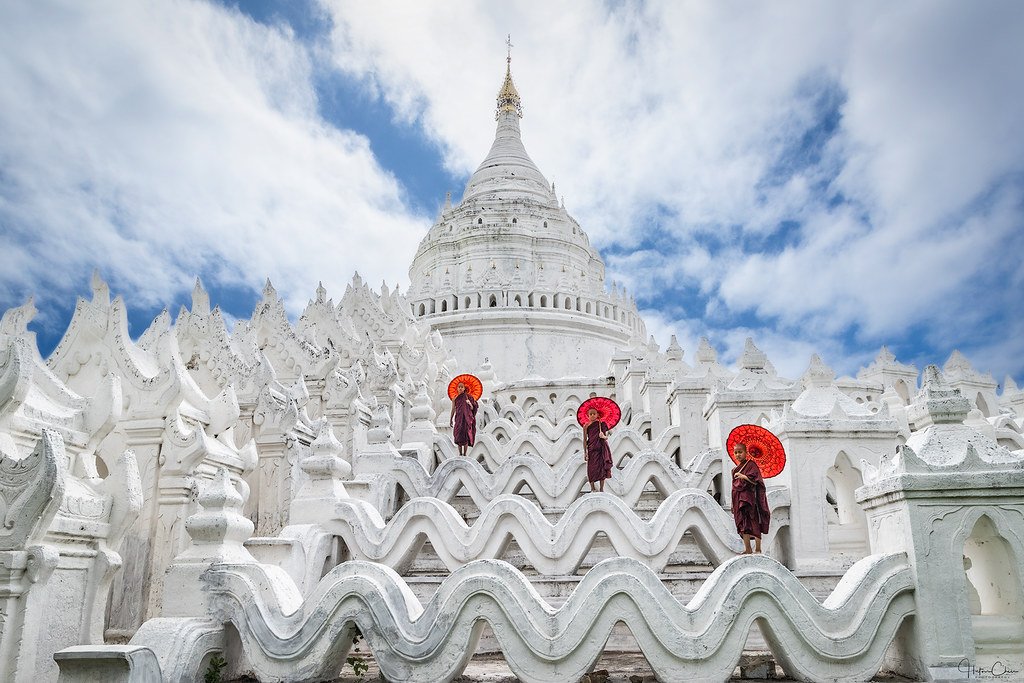Hsinbyume Pagoda, Mandalay

The Pindaya Caves, located on a hillside in the town of Pindaya, Shan State, Myanmar, have been an important religious site for centuries. The natural limestone caves are believed to be millions of years old, but their use as a place of Buddhist worship dates back to at least the 18th century.
According to tradition, pilgrims began placing Buddha statues inside the caves during the 1700s. Over time, the number of statues grew as devotees from across Myanmar and other countries donated images made from a variety of materials, including gold, marble, wood, and bronze. Today, the caves contain over 8,000 Buddha statues of many different sizes and styles.
The caves have become a unique spiritual site because they show the deep faith and devotion of many generations. The mixture of ancient and newer statues reflects the long history of Buddhist practice in the region. While the small temple at the cave entrance serves as a quiet place for prayer, the chambers inside create a maze-like gallery filled with centuries of religious art and tradition.
The Pindaya Caves continue to be a popular pilgrimage destination, offering visitors a chance to connect with Myanmar’s rich Buddhist history and experience a special place where faith and nature meet.
